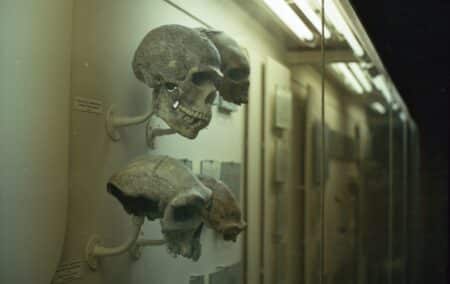A recently published study in Proceedings of the National Academy of Sciences suggests that Australopithecus fossils found in the Sterkfontein Caves date from 3.4 to 3.7 million years ago instead of between 2 and 2.5 million as previously thought.
The study was conducted by a team of scientists from the University of the Witwatersrand and the University of Toulouse-Jean Jaurès in France, using ground-breaking methods of dating fossils developed by geologists at Purdue University.
According to Darryl Granger, Professor of Earth, Atmospheric, and Planetary Science at Purdue, the fossils at Sterkfontein, as with other cave fossils, are notoriously difficult to date.
“People have looked at the animal fossils found near them and compared the ages of cave features like flowstones and gotten a range of different dates,” he said. “What our data does is resolve these controversies. It shows that these fossils are old – much older than we originally thought.”
The discovery challenges previous notions of the evolution of our species. It has long been thought that Australopithecus africanus, as the Sterkfontein hominins are officially known, were too young to have evolved into the genus homo, our ancestors, who are known to have appeared around 2.2 million years ago (Hominins refers to humans and our ancestral relatives, excluding the other great apes).
What the new data suggest is that given the additional one million years of evolution, it is possible that the hominins found to have frequented the Sterkfontein Cave complex were direct ancestors of early humans.
It also means that Sterkfontein fossils like that of Mrs Ples, whose skull was discovered in 1947, are older than Lucy, the world’s most famous Australopithecus fossil and whose species, Australopithecus afarensis, has long been considered an evolutionary ancestor of humans.
Another possibility, according to French scientist, Laurent Bruxelles, who was part of the study team, is that hominins like Lucy and Mrs Ples interacted and bred, meaning that our family tree may be ‘more like a bush’.
“How and where humans evolved, how they fit into the ecosystem, and who their closest relatives are and were, are pressing and complex questions,” commented Purdue researchers. “Putting the fossils at Sterkfontein into their proper context is one step towards solving the entire puzzle.”
Photo by Tanya Kukarkina on Unsplash


